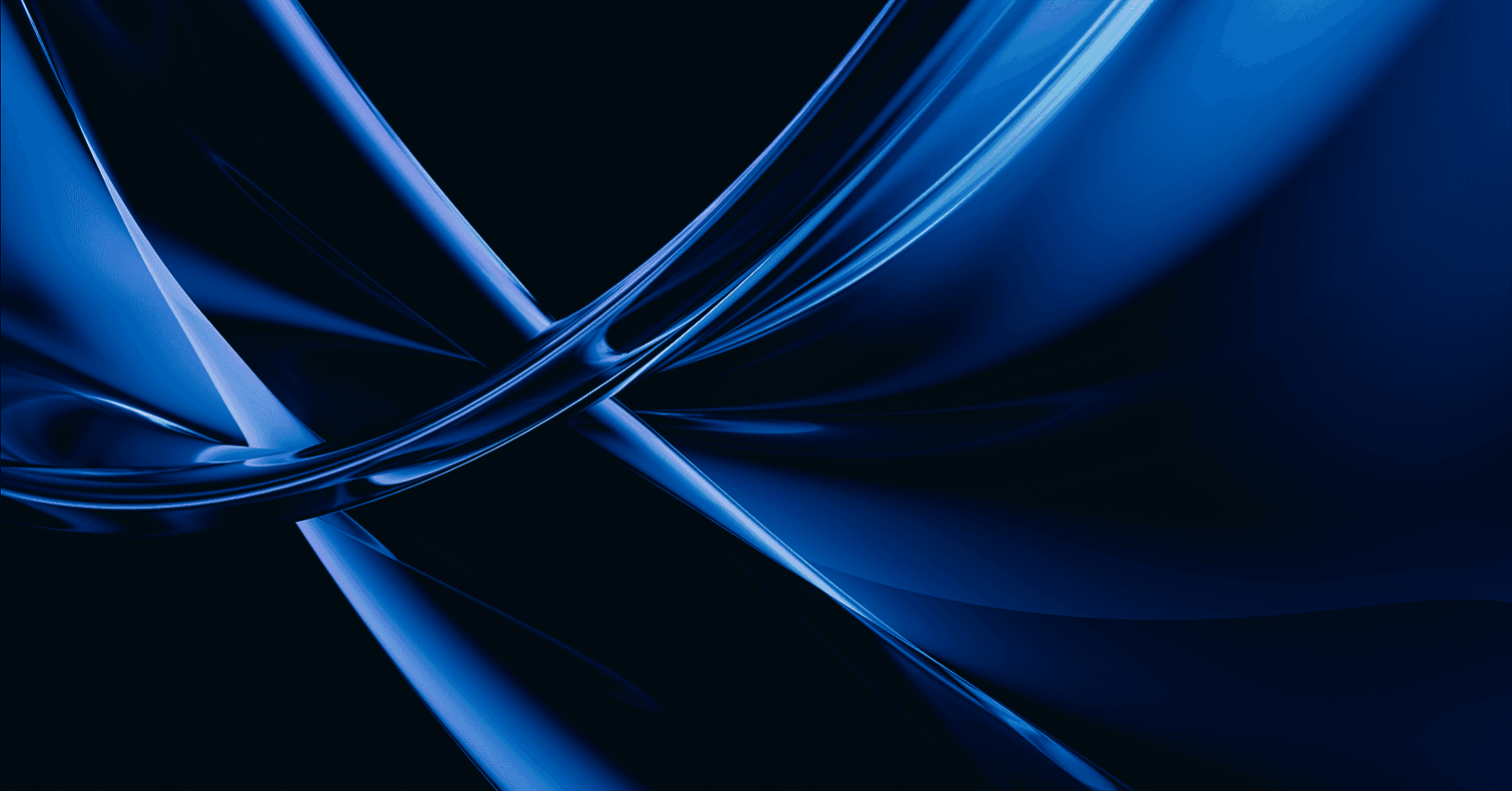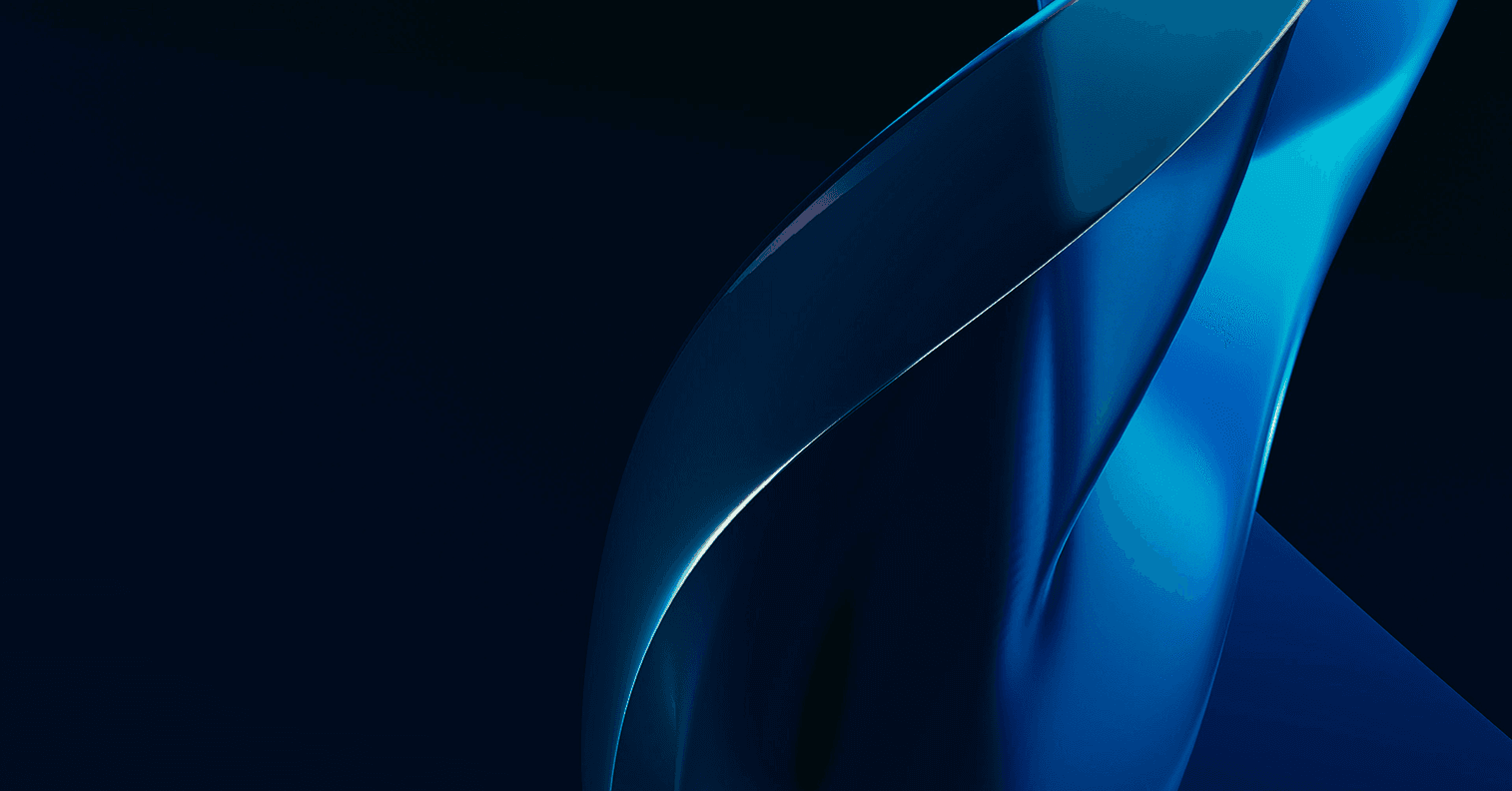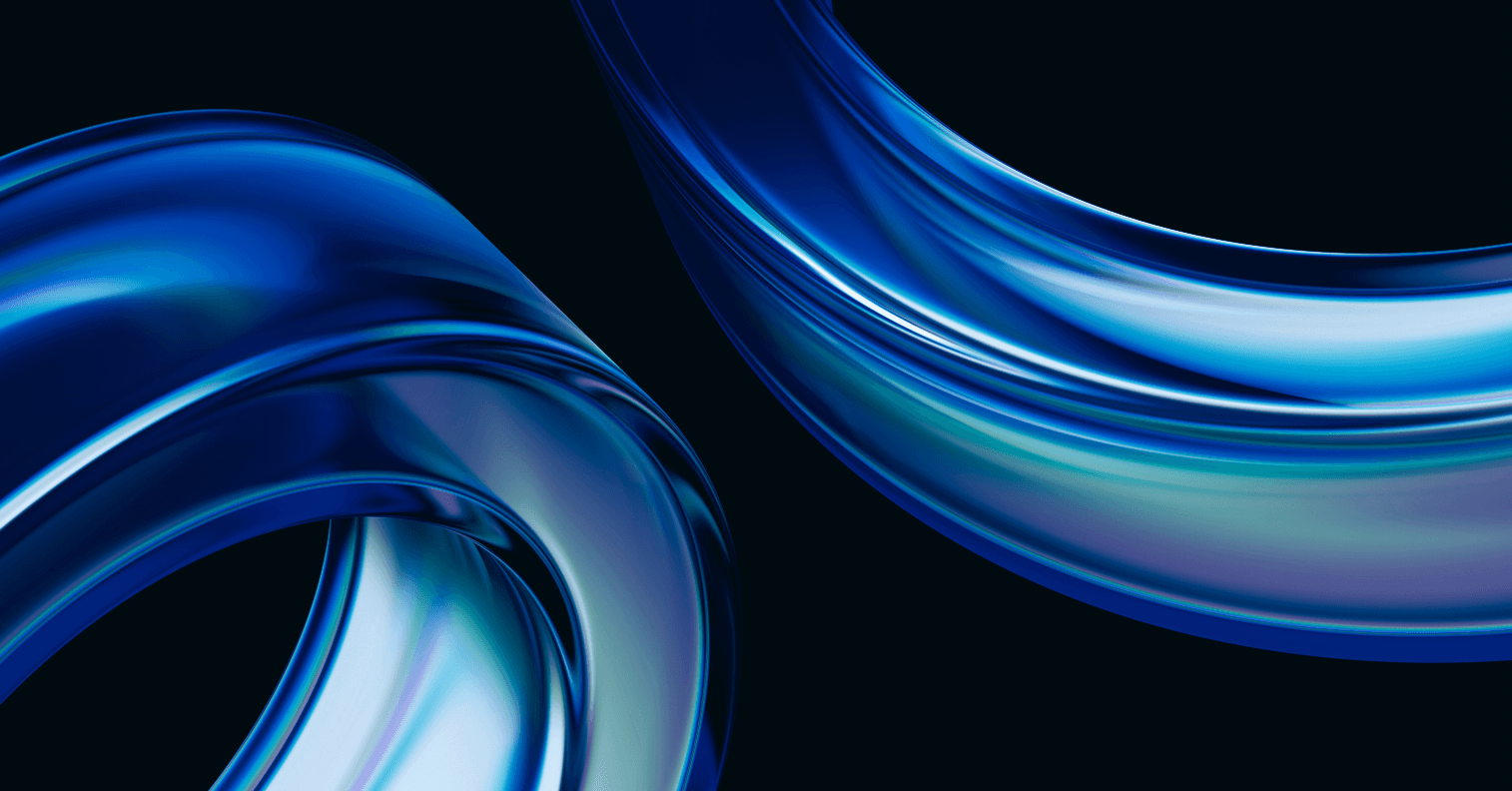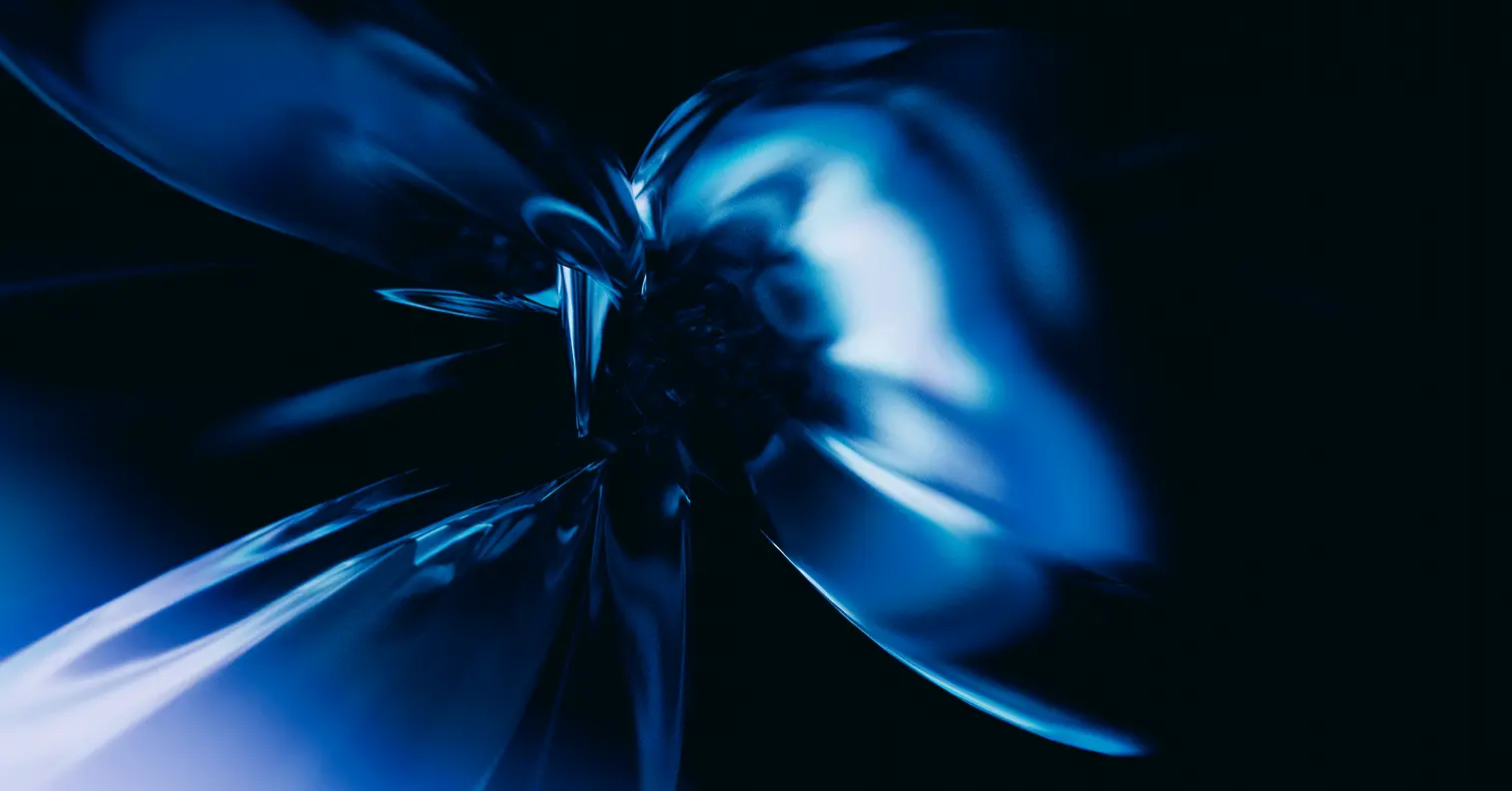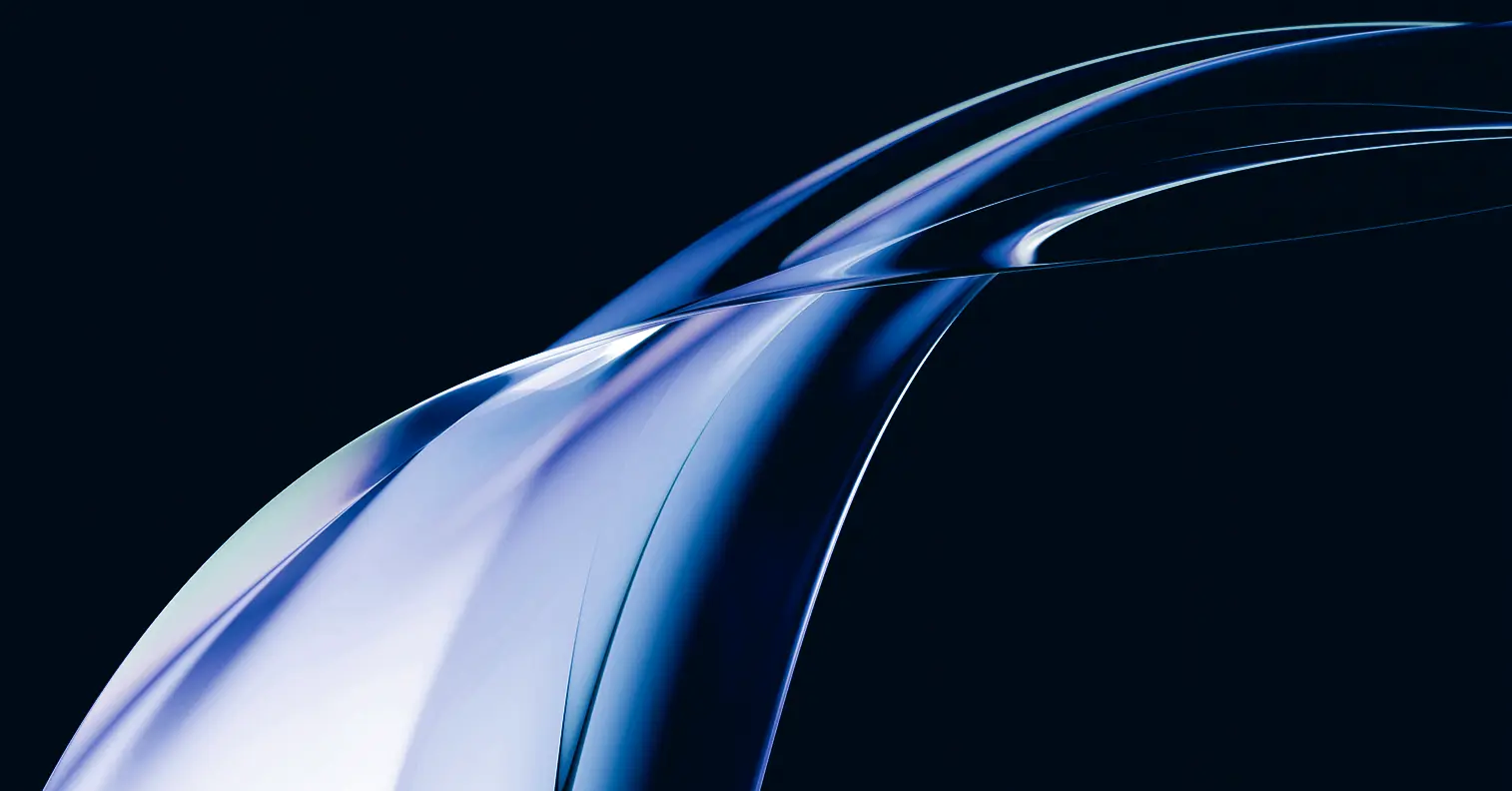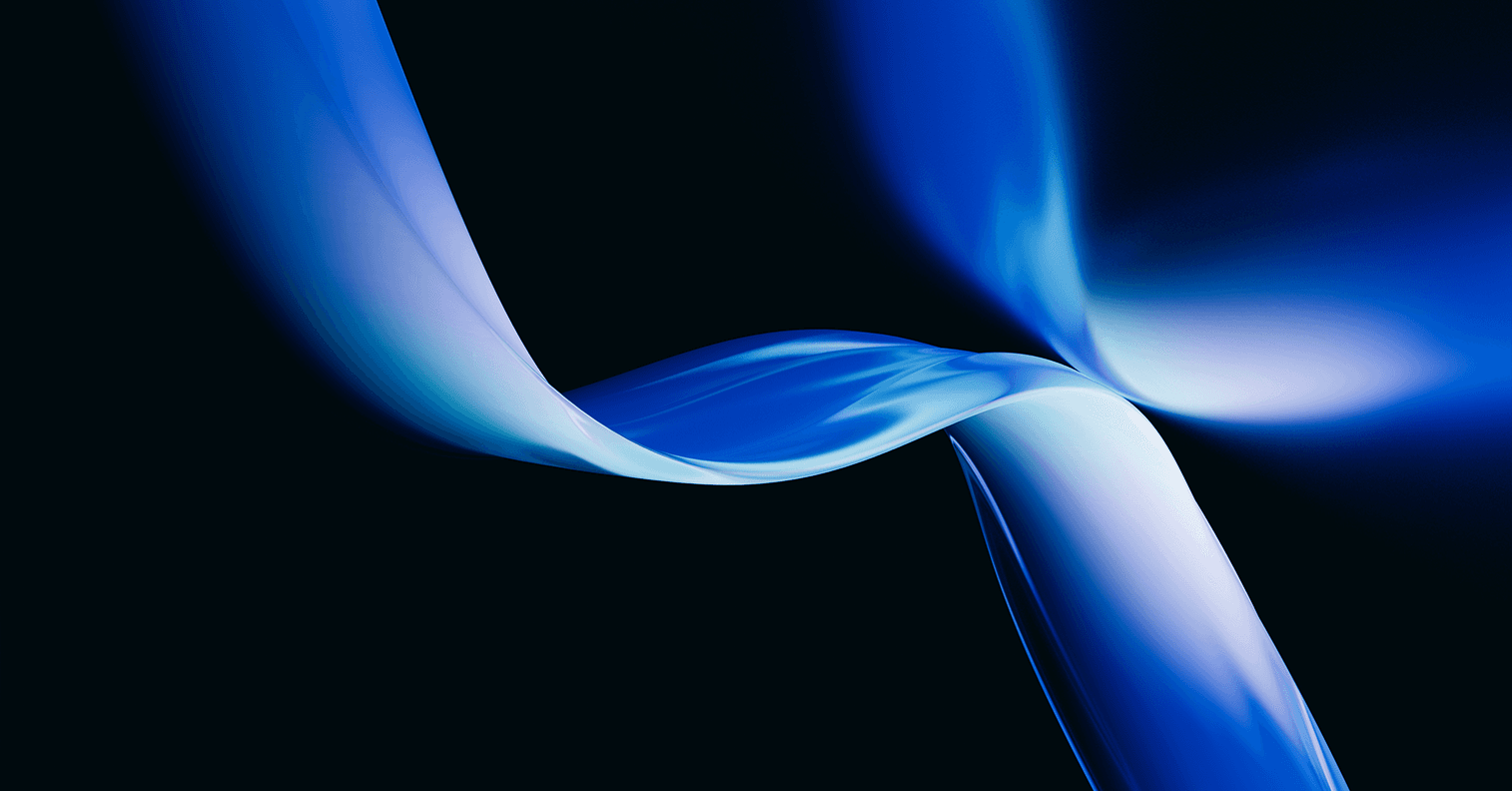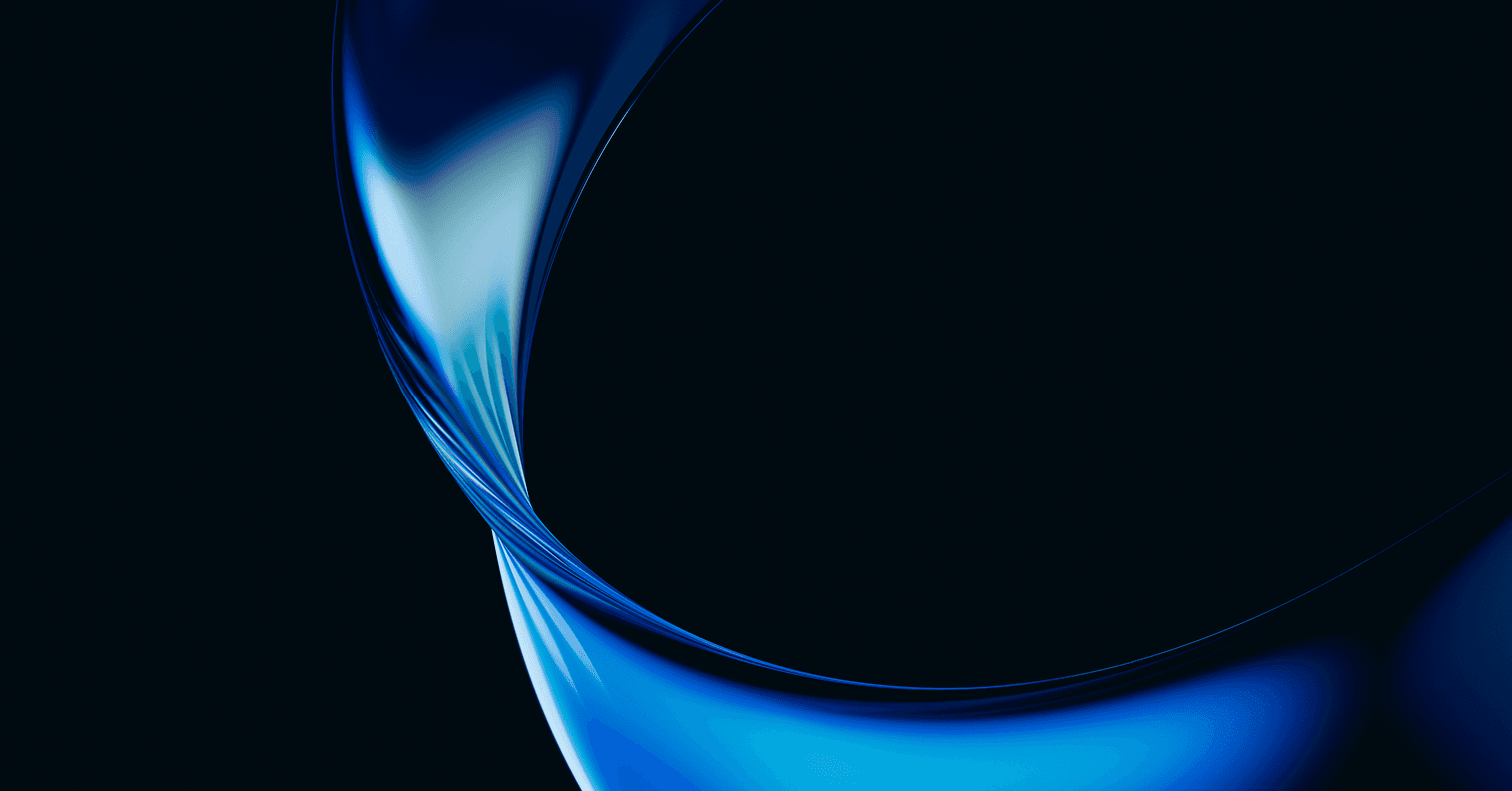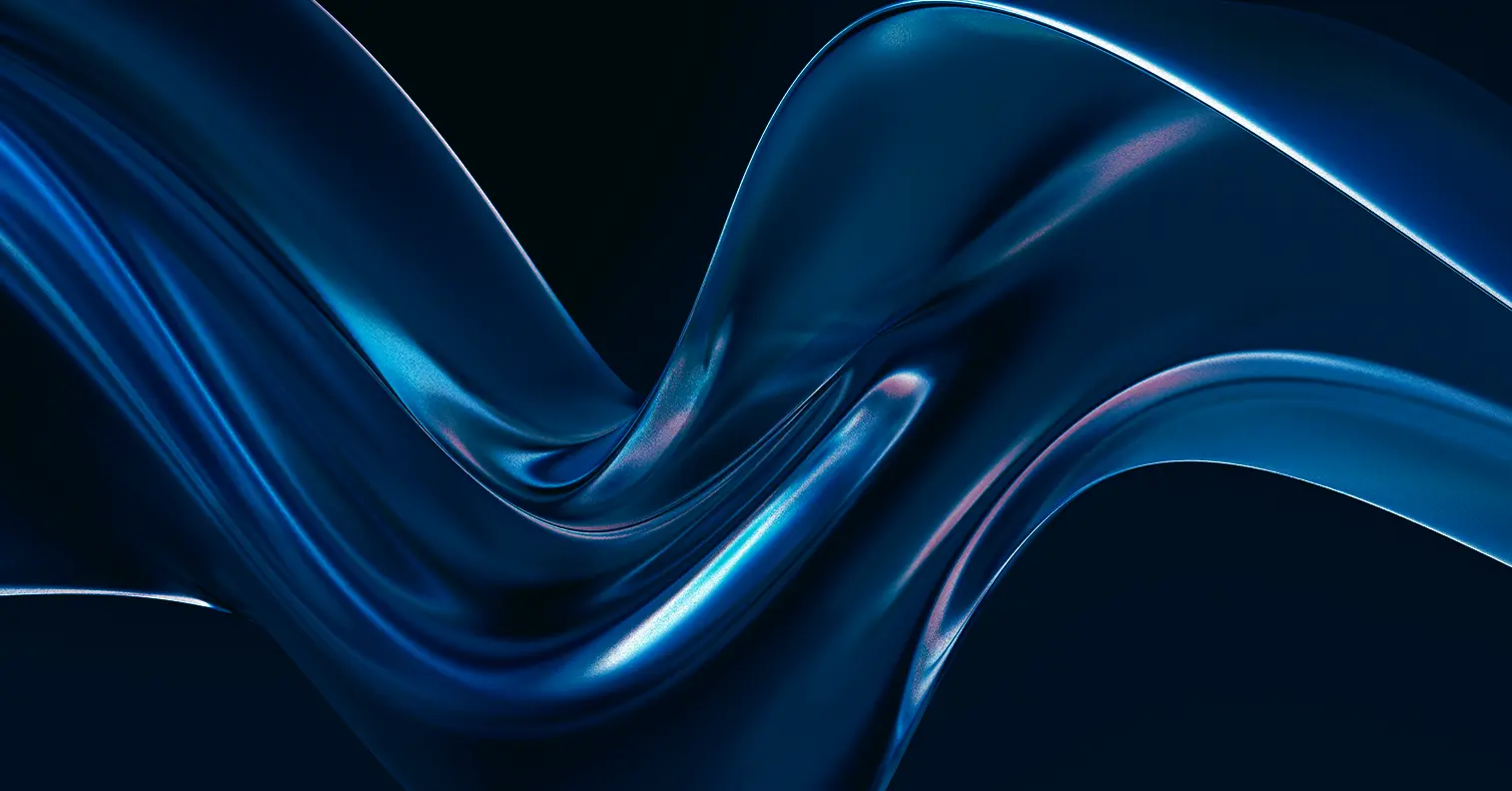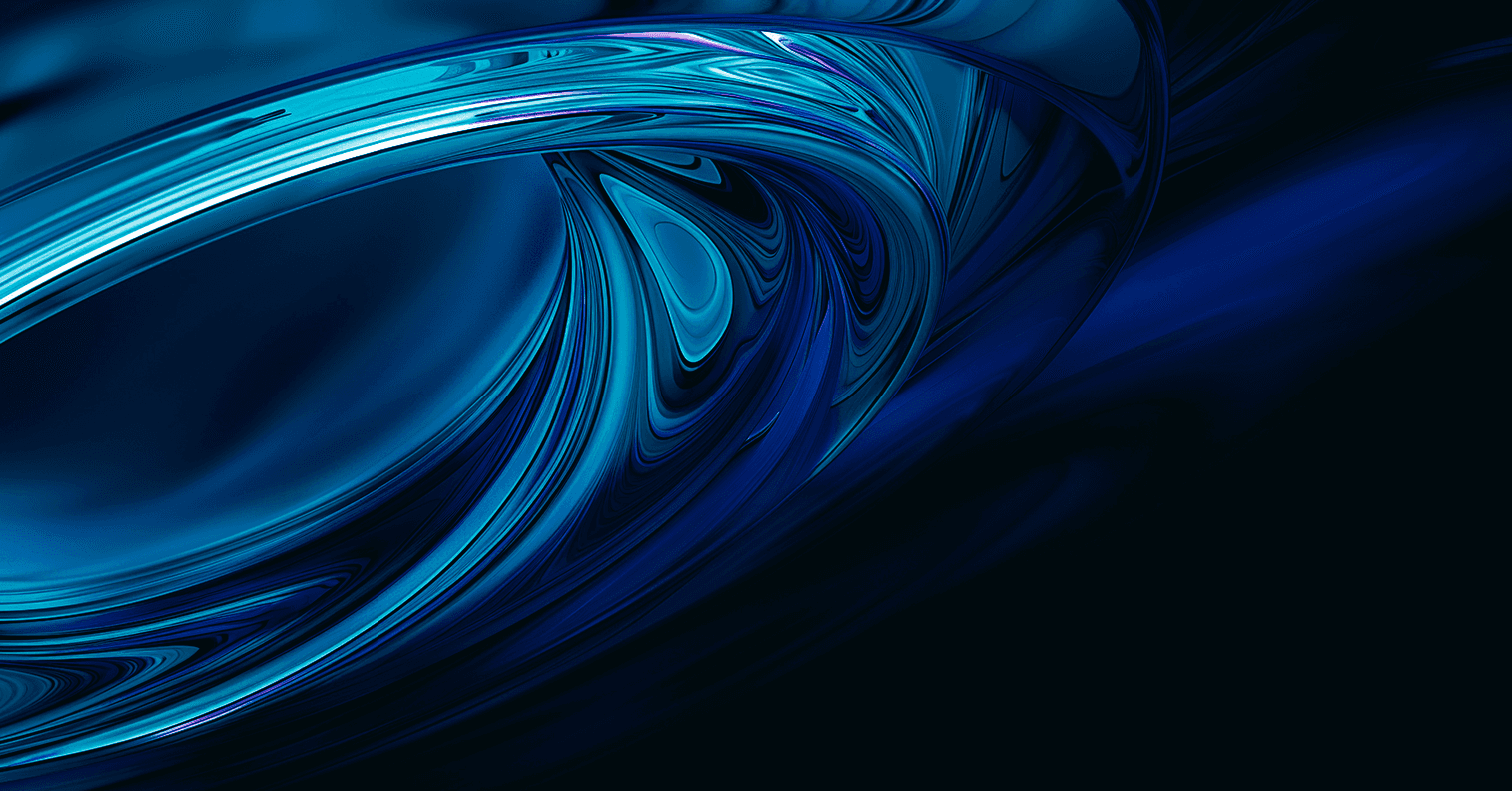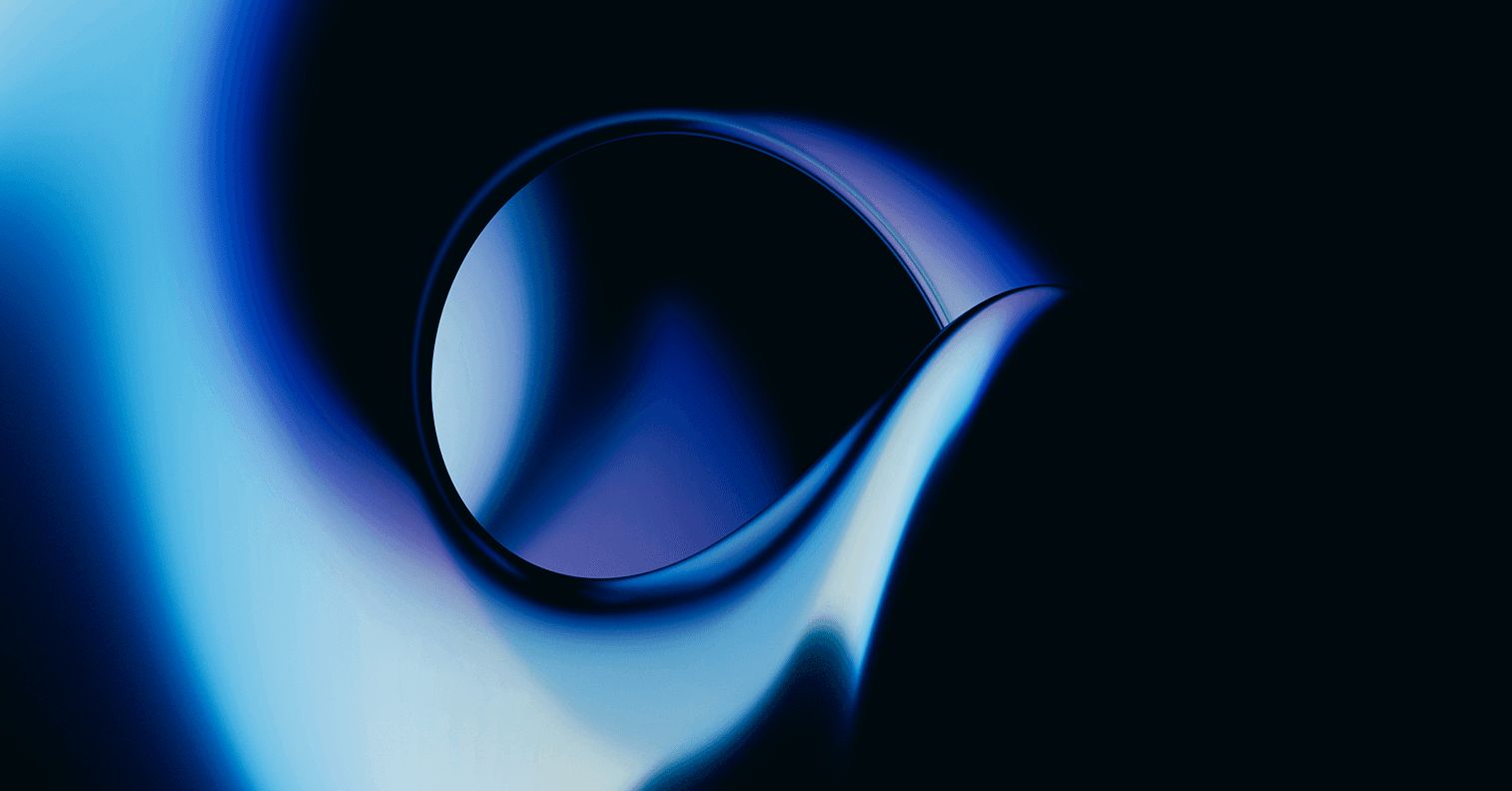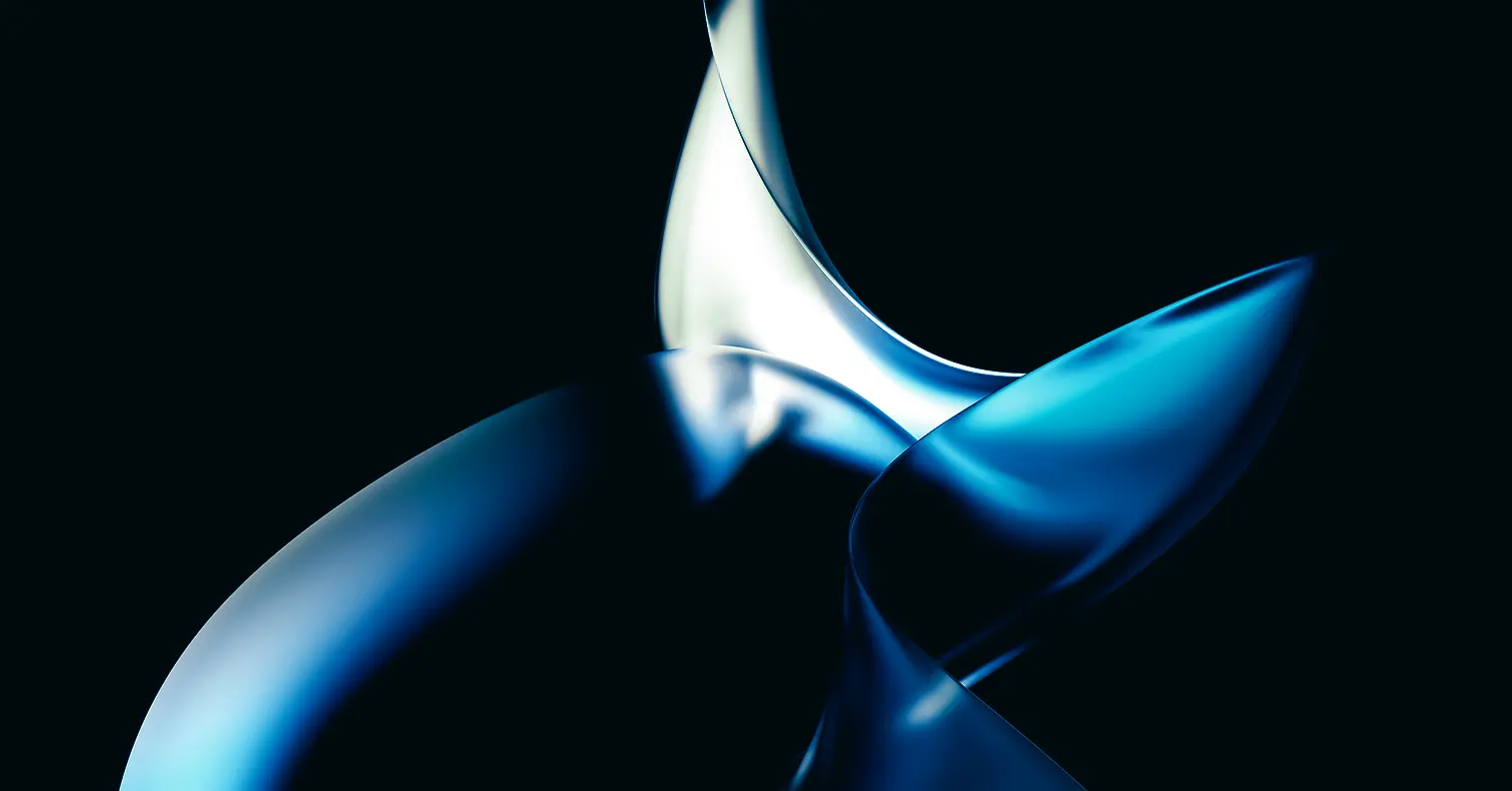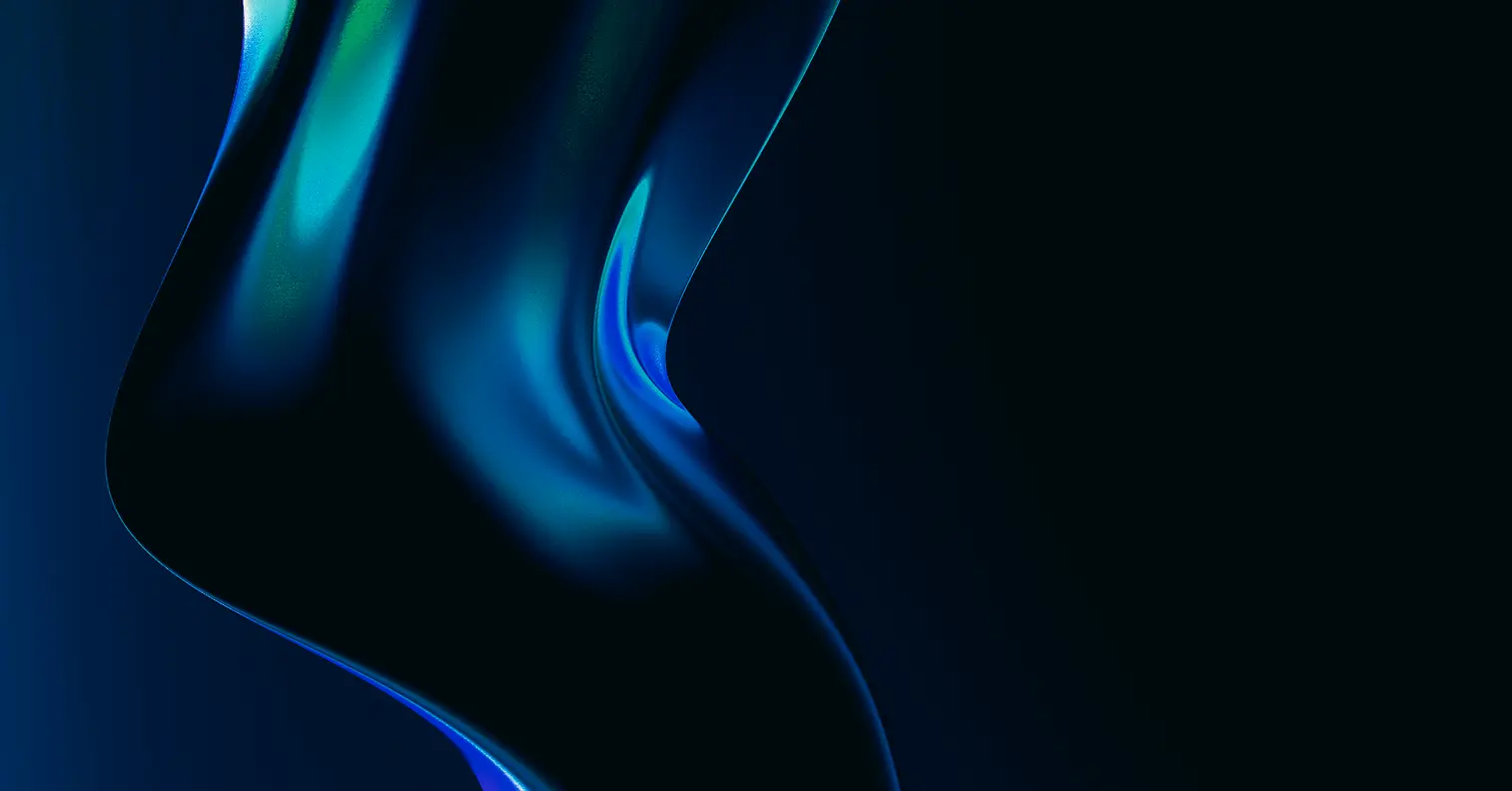SEC595: Applied Data Science and AI/Machine Learning for Cybersecurity Professionals


Experience SANS training through course previews.
Learn MoreLet us help.
Contact usBecome a member for instant access to our free resources.
Sign UpWe're here to help.
Contact UsSince the beginning of amateur radio, amateur radio operators have exchanged written confirmations of contacts. These written confirmations, called 'QSLs' are typically on a postcard-sized piece of paper and transferred via the postal service. QSLs are often attractive and many hams enjoy displaying them on their walls. A number of prestigious awards are available to amateur radio operators based on confirmed contacts. Since amateur radio is a technical hobby and most amateur radio hobbyists (typically called 'hams') are technical the manual process of filling out paper QSL cards and mailing them was a prime activity to automate. An obvious choice was using digital signature technology and the Internet especially since most hams already log their radio contacts on computers and have Internet connectivity. However amateur radio is a hobby filled with tradition and any proposed electronic solution would be contentious. It had to be technically sound as well as simple to implement on nearly obsolete hardware - many hams reside in third world countries. It also had to complement the current system of exchanging paper cards rather than replacing it.


Ted Demopoulos, SANS Principal Instructor and author of Infosec Rock Star, leads SEC401: Security Essentials–Network, Endpoint, and Cloud. He blends decades of consulting insight with a hands-on, student-focused approach that makes cybersecurity real.
Read more about Ted Demopoulos